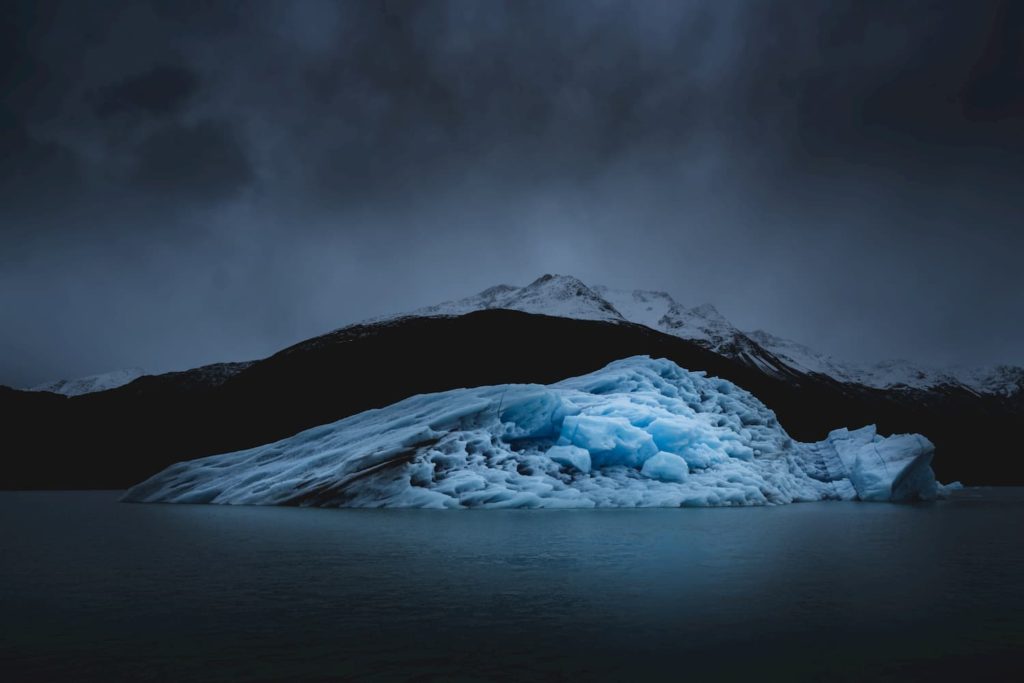
© 2020 Nomadict. All rights reserved.
My passion is picture composition. It doesn’t matter that much if it’s photography or videography or a mixed product timelapse. When that started? I don’t know anymore. I always loved movies and was interested in how they were filmed. When I was younger, I played with cameras and shot dozens of film roles. I was always interested in all kinds of things, so I thought, if I were a cameraman I could see how everything works and explain or show that to others. I wouldn’t have to go to an office each day, wouldn’t see the same boss every day, and wouldn’t have to do the same things.
Australia was my very first destination I went to explore on my own. At that time, it was the most distinct landscape to Germany I could imagine. It was a dream that came true, and at the same time it was an experience that created the much bigger dream of journeying about the world. There is still so much to see!
My all time highlight was my first aurora on Senja, these auroras were so wild and beautiful and fascinated me so much that I now try to escape to the north in the aurora season again and again. These lights really made the darkest night as bright as I had never imagined the lights could be.
I noticed that the warmer it gets the less creative I feel – so polar nights are perfect for me. In general I love sudden weather changes. So not only in the north, but also the Alps or other mountain areas like the Rocky Mountains are listed high on my list to visit or visit again. What makes the north so attractive for me is the amazing landscape, especially in winter. I really prefer the snow and the ice season and with it one of the most magical things on Earth – the polar lights.
Technology was and still is one of the things I can get lost in. What is the next new thing, what is the solution to a problem, what is the fastest and most reliable technology… I love running my thoughts over these questions. As a media engineer I don’t develop the technology, but create workflows with technology – e.g. camera workflows for TV productions.
Whether it’s the introduction of a new piece of hardware for an operator or the premiere of a daily tv show, whether it’s a new workflow for editors and colorists or the first HDR production – I want to find a way in which everyone is involved, technical and emotional. Even with a tight budget for development, this leads to long-term success for the found solution. To get there, there are many techniques out there for project management, for planning, for developing, for implementation, for training and documentation. And there are also a team and brainstorm sessions involved.
So ultimately, this technological point of view also supports my creative work, and on the other hand, I’m a better engineer because I use all the equipment and tools myself. For me it’s a kind of visual engineering. It’s like the kind of composition I do as a photographer or director of photography, with fundamental technical background and joy. It’s amazing how to see technology evolve and to use it myself.
The really good stuff was done at that time with 35 or 70mm film. That was far too expensive for me as a student. I was more an observer than a creator of time-lapse those days. The Canon EOS 5D MK II was the first digital camera that was affordable for me and that met my expectations in terms of quality. But it wasn’t a quick start to the time-lapse. It took me almost two years to realize what I could do with this camera.
At first, what made me so fond of time-lapse had to deal with quality. In the past, none of the digital video cameras could match the image quality of a still image. Now that’s not so fair because you don’t take as many frames per second with a still camera as you do with a video camera, but the difference in quality was huge. The video production was in the middle of the transition to HD, but photo cameras already had 5 or 6k sensors, as we have them in video cameras today.
A good time-lapse takes some time, which the term “time-lapse” is essentially saying. The more fascinating you want the result to be, the more time it takes. Think of being 10 minutes in a landscape and what could happen, or being there three hours capturing the transformation from sunset to the Milky Way or six months going from autumn to spring. Time-lapse needs time – in preparation, in shooting, in post production.
As a photographer, you can decide from second to second which shot could be the best that you can now produce under the possibly changed conditions. For instance when clouds come in, as a photographer I’d switch from “sunrise mode” to “moody picture mode” and create something new. As a time-lapse creator you have to plan even better and when the clouds are coming in and you can’t see anything at all you have to decide: “Will I stop the time-lapse or is there hope?” In many cases, hope is the better option and the clouds will get out of the way again, but it’s as likely that you will spend another hour in the dark and cold, just bringing home some useless footage. So you can say that never losing hope is key too.
Besides, you have to be more technical than a photographer as you have to deal with more technology like sliders or remote heads, and post production can be challenging depending on the level of quality you want to achieve. There are incredible cool tools to assist you, but there is still a lot of manual work. You can even achieve quite good results with your smartphone – so I would recommend trying this first to get the feeling and learn a little before taking the next step.
Producing high quality images of landscapes, cities, mountains and seascapes is one of my most challenging and popular tasks. When I find the perfect angle, I try again year after year to get better shots and I never stop exploring new spots. I am motivated to keep going and achieve the best and get something new, always curious to witness the evolution of what I am looking at. Not everyone does it to the perfection I want to deliver, so it’s special.
With my work, I want to achieve that you have the feeling of escaping from everyday life for a little while. This can be for a few seconds or for a few minutes. It’s like a little trip to a beloved or perhaps still unknown place. It’s about the small moment of dreaming, those moments that I also have when I lose myself in other images. It’s like an escape plan to relax.
With the latter, I don’t necessarily mean commercializing it and making money; it could just be something you create mainly because you know your audience will like it or you create according to the channel you are going to distribute it. This doesn’t mean we all edit in the same way, but we edit to reach the audience. These changes are completely different for me depending on the channel shown. It starts with the aspect ratio and ends with the definition of the color tones. Of course you still create something that you like yourself, it should still be your creative work, your style and your personality and you should find yourself in it. If not, it may be the wrong route for you and you get unhappy by time. But, your post processing is certainly influenced by many factors when editing with the “commercial” dimension in mind. I think most of the time we get an edit that is competitive for the distribution channel we choose.
And this, I believe, is of vital importance for every artist. History tells us that there are few artists you can remember and many of them are only discovered after they have completed their life work – so I certainly never give up on creating art freely just because of the direct “rewards” when creating in a “commercial” manner.
When my work is being used for movies they usually want a neutral setting so that it fits better into their grading. The same goes for most television series or shows and agencies looking for footage for other productions. There was once a director of the first German private television company who said “the worm is for the fish, not the angler”, meaning that my work serves my clients in the first place. Often, my time-lapses or videos are more of a work thing, while photography is more my private passion, which is why my editing also differentiates considering the channels, and the commercial and art dimensions I mentioned before. Regardless of the channel or “destination” though, I make sure to always feel good and happy with the work I deliver.
The time the whole process of time-lapse creation involves is significant, whether it is personal or work related. What helps me to stay motivated is seeing the results and where my pictures are shown. You can find them in movies, on TV, in streaming series, TV shows, and commercials.
It is wonderful that with my work I can show the world to others, and hopefully evoke a feeling of responsibility to take care of our planet and truly appreciate the incredible beauty and natural phenomena that our universe is showing us. In that regard, as creators I think we should really keep in mind the limits of nature, legalisation or even personal limits, when trying to get that shot. I always find it fascinating when someone promotes nature conservation on the one hand, but all of the shown shots and recordings can only be made if they damaged or destroyed what they are supposed to protect. Every landscape photographer / creator promoting their work is a kind of influencer. We all have to be better when we dare to think of getting closer to the edge, crossing robes, flying drones in nature reserves or outside of sight to get the result. We should be more aware of our responsibility – others will orientate with their shooting on those who seem to be more professional.
Looking at my photos and considering my love for the north, I think that I would show you a photo of the aurora from Lofoten or Senja if I could only choose one to amaze you. But to my heart, I think the most important photos are the ones with my wife and two children. No canyon, waterfall, mountain or aurora on earth will beat this.
Would you like content like this sent to your inbox?

This article chronicles Mitchell Leong’s journey, who found solace and purpose through his lens. From the rugged expanses of the Canadian Rockies to the ethereal allure of starlit nights, each photograph tells a story of resilience, exploration, and the profound impact of the natural world. Through his lens, he seeks to bridge the gap between science and art, using photography as a tool for conservation and storytelling. Along the way, he shares invaluable lessons learned, from embracing fear to trusting in the power of storytelling.
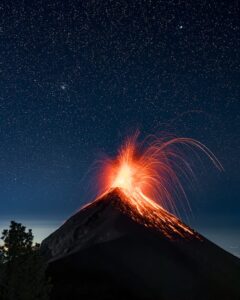
This article follows Phil’s path as a photographer, sparked by his unwavering love for exploration and ignited during post-university travels. Through his lens, we traverse Phil’s transformative journey across captivating landscapes, from the rugged beauty of the Canadian Rockies to the fiery spectacle of Volcán de Fuego in Central America, where he captured the winning shot.
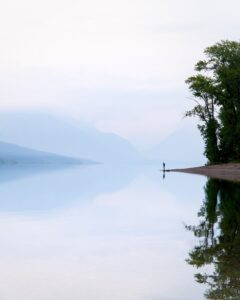
In this article, we delve into the journey of photographer Amirali, whose passion for photography was ignited amidst the challenges of academic life and the chaos of the pandemic. Through his lens, we witness Amirali’s transformative exploration of landscapes, from the serene landscapes of Finland to the mystic scenes of Montana’s nature, where he took a shot that won the Best of the Week.
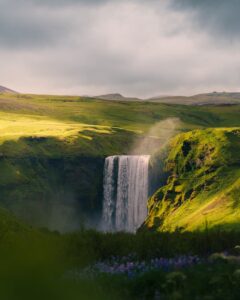
Inspired by a newfound love, Michael transforms the blank pages of his life into a vibrant canvas of nature and exploration. In this article, you can read about the profound lessons learned—from prioritizing living over routine to the art of editing and the magic of impromptu adventures—and witness the evolution of a photographer’s passion amid the breathtaking landscapes of Denmark and Europe.
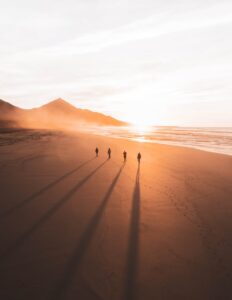
In 2017, Mathieu Morel’s first trip to Iceland marked a turning point in his photography journey. His photograph taken at Cofete Beach in Fuerteventura reflects the lessons he’s learned along the way. Thanks to the support of our community’s votes, he emerged as the winner of our weekly contest.
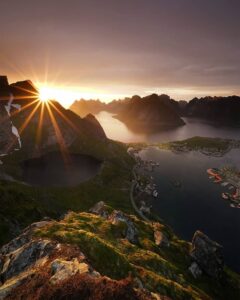
Barbara Thoeny won our weekly contest thanks to a golden hour photo in the beautiful Lofoten Islands. This article teaches us about her winning shot, passion for capturing the northern lights, and most valuable experiences as a solo traveller and photographer.
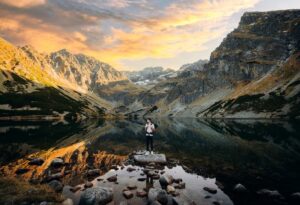
Meet Konstantin, a passionate traveler and photographer inspired by those who use their cameras to capture the world’s beauty and meaning. He aims to make each photo as unforgettable as the moment itself, emphasizing the importance of a positive attitude and cherishing the present moment.
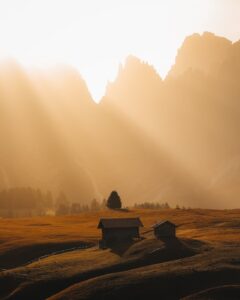
Inspired by his Alpine upbringing, Jannik began photographing in 2021 to capture the world’s beauty. Through his journey, he’s gained insights into creativity, self-appreciation, and light’s transformative role. Join him as he shares the story behind his winning photo and reflects on his photography path.
© 2020 Nomadict. All rights reserved.
